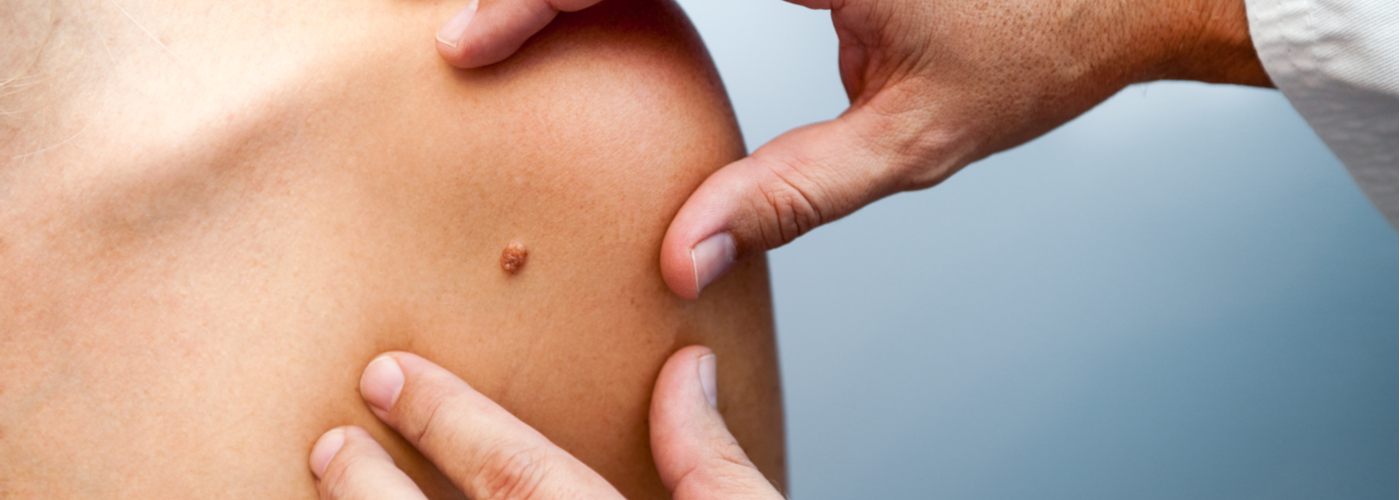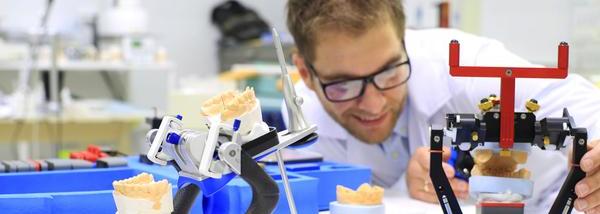Skin Cancer is one of the biggest killers that we have in the world today. One of the best chances you have of defeating this disease is early detection. Our skin essentially serves us like armor. It is what protects our internal organs, and ensures that everything that needs coverage, has it.
But what if your “armor”, is being attacked by this vicious disease? Will you even be able to tell? Are there signs?

What is Skin Cancer?
Ok, first things first, what IS skin cancer? What makes it different, or the same, from others forms of cancer? The Mayo Clinic defines it as such:
“Skin cancer — the abnormal growth of skin cells — most often develops on skin exposed to the sun. But this common form of cancer can also occur on areas of your skin not ordinarily exposed to sunlight. There are three major types of skin cancer — basal cell carcinoma, squamous cell carcinoma and melanoma. You can reduce your risk of skin cancer by limiting or avoiding exposure to ultraviolet (UV) radiation. Checking your skin for suspicious changes can help detect skin cancer at its earliest stages. Early detection of skin cancer gives you the greatest chance for successful skin cancer treatment1.”
Most of us know that the sun is a life giving part of our environment. But as with anything, too much exposure, especially to “bad” types of rays will either speed up or aggravate skin cancer. Seeing as the skin is the easiest to monitor for changes, it is recommended that you keep a look out for certain abnormalities; a weird mole, a freckle that was not there before, or wounds that you may not know where from, or are not healing properly.
We have known friends, family members and acquaintances that have gotten this disease in its many, painful and heartbreaking forms as it is able to attack any part of the body.
Signs
Some signs are definitely easy to see. “An unusual skin growth or sore that doesn’t go away may be the first indication of a non-melanoma skin cancer. Skin cancer may initially appear as a nodule, rash or irregular patch on the surface of the skin. These spots may be raised and may ooze or bleed easily.” Once a rash or spots start to give you concern, maybe it is time to get it checked out2. But what exactly are you looking out for?
So that you don’t go into a panic over every little rash or scrape, here is a list of symptoms to definitely look out for.
Symptoms: the ABCs
The Skin Cancer website suggests that if you have found an unusual growth or rash, let it go through the ABCDE test, where the first five letters of the alphabet can help determine whether or not it is serious. First, try and see if that freckle or mole is a melanoma. What is a melanoma?
The Mayo Clinic says: “Melanoma, the most serious type of skin cancer, develops in the cells (melanocytes) that produce melanin — the pigment that gives your skin its color.” Once you know and have identified it as a melanoma, then you do the ABCDE test3.
This is:
A is for Asymmetry. Most melanomas are asymmetrical. If you draw a line through the middle of the lesion, the two halves don’t match, so it looks different from a round to oval and symmetrical common mole.
B is for Border. Melanoma borders tend to be uneven and may have scalloped or notched edges, while common moles tend to have smoother, more even borders.
C is for Color. Multiple colors are a warning sign. While benign moles are usually a single shade of brown, a melanoma may have different shades of brown, tan or black. As it grows, the colors red, white or blue may also appear.
D is for Diameter or Dark. While it’s ideal to detect a melanoma when it is small, it’s a warning sign if a lesion is the size of a pencil eraser (about 6 mm, or ¼ inch in diameter) or larger. Some experts say it is also important to look for any lesion, no matter what size, that is darker than others. Rare, amelanotic melanomas are colorless.
E is for Evolving. Any change in size, shape, color or elevation of a spot on your skin, or any new symptom in it, such as bleeding, itching or crusting, may be a warning sign of melanoma.”
When to see a doctor
If your mole or freckle or growth has done any of the ABCDEs, then you should go and consult with your doctor. The best way to cure or kill off the cancer is early detection. If you see something already happening to certain areas of your skin, it is prudent that you seek out a doctor for further consultation and to confirm that this is indeed skin cancer and not just your usual skin blemish. The sooner you ask for advice and do a consultation, and the earlier you detect it, the better it will be for the kind of treatment that you will need, if any. The specialist that you need to go to will be a dermatologist. They may perform a biopsy of the said area and run the tests to see if this is cancerous or not4.
Prevention is mightier than the cure
As with all diseases, but cancer most of all, early detection is much, much better than the course of the cure. Always try and keep an eye on your skin and make sure you take care of it well. It is always better to take precautions about cancer, especially if it runs in your family and you are predisposed to it. Be aware about the signs to look out for, make sure that you are educated in all the forms it could take and what are the best practices to protect yourself and your family.
[1] “Skin Cancer.” The Mayo Clinic.
[2] Cancer Treatment Centers of America. “Skin Cancer Symptoms”
[3] “Melanoma.” The Mayo Clinic
[4] Cole, Gary W., MD, FAAD, Medical Author. Shiel Jr., William C., MD, FACP, FACR, Medical Editor. MedicineNet.


